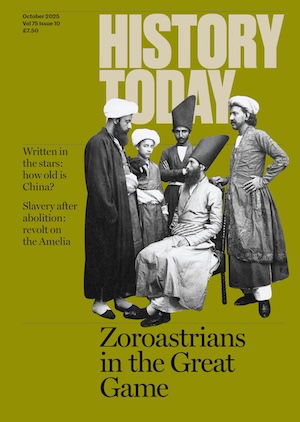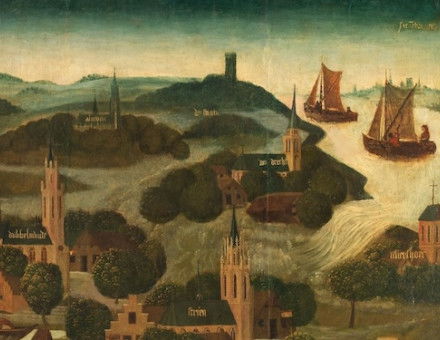Heavenly Horses
Gerald Morgan describes how the history of Europe and Asia was changed when Mongolian horses were adopted for migration.
The discovery in a Han Dynasty tomb of a magnificent bronze statuette of a running horse has an importance that extends far beyond its interest to archaeologists and collectors. Examples of this western-style horse appear as bas reliefs in other Han tombs. They are illustrated in Chavanne’s Mission Archéologique dans la Chine Septentrionale and in his translation, Memoires Historiques de Sse-Ma Ts’eng, most of them drawing ceremonial chariots.
There is also a jade head and shoulders statuette in the Victoria and Albert Museum, London. But this new find is the best early portrayal that has so far come to light of the Bactrian, Turanian, Turk or Turkoman horse, as it has been called after the various races who successively occupied the region.
The story of how it first reached China is fairly well known. A Chinese explorer in the reign of the Emperor Wu (141-88 B.C.) reported that in Fergana in Western Turkestan he had seen large numbers of particularly handsome, high-spirited horses, related to the Persian and Arab and far superior in height, speed and staying power to any bred in the steppe regions of China.





